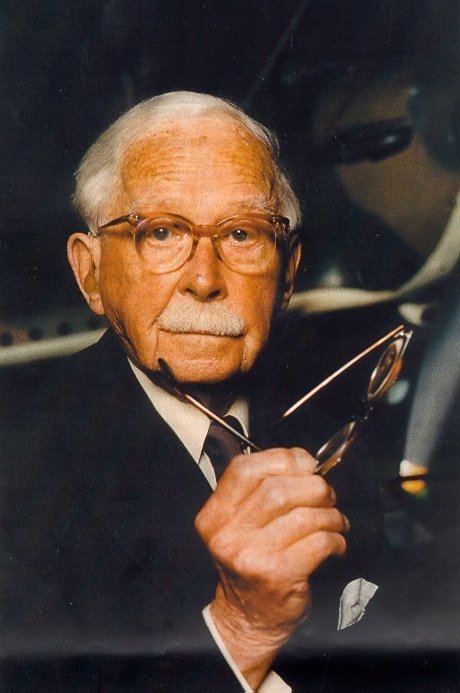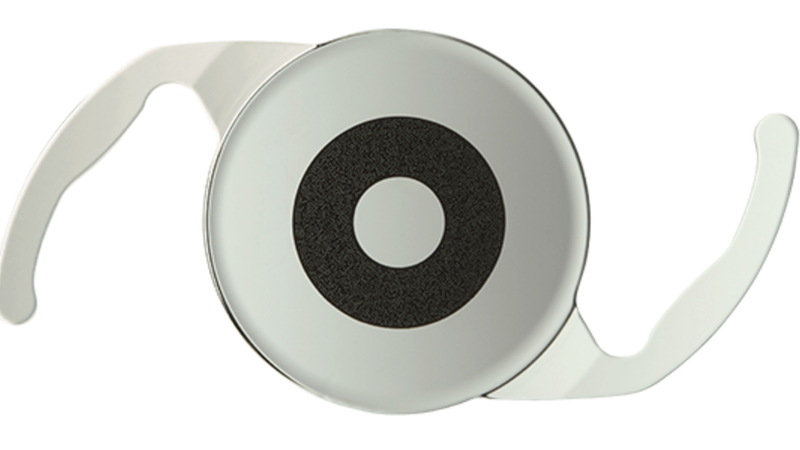All Articles
Reasons for explanting IOLs
The Apple Lab research team analyzed 200 intraocular lens (IOL) explants, finding that the main reasons for explantation were IOL opacification (76.5%) and dislocation (13.5%). Most explants were hydrophilic acrylic lenses from a single manufacturer.
In research, news, Jan 18, 2020Welcome 2020: New website
The David J Apple Lab celebrates the new year with a revamped website featuring contributor-based content on IOL research and history. They look forward to the ESCRS Congress in Amsterdam and reflect on their successful 2019, marked by publications in peer-reviewed journals on IOL studies.
In lab, news, Jan 01, 202070th IOL anniversary
"Today marks the 70th anniversary of Sir Harold Ridley's groundbreaking implantation of the first intraocular lens (IOL) at St. Thomas's Hospital in London on November 29, 1949."
In history, lab, Nov 29, 2019Wolfgang Haigis: in memoriam
Prof. Dr. Wolfgang Haigis, a renowned physicist, passed away on October 15, 2019, at the age of 72. He was a pioneer in biometry and developed the Haigis formula, used globally for cataract surgery.
In innovator, news, Oct 18, 20192019 cataract poster prizewinners in Paris
Dr. Daniel H. Chang, USA, won the First Prize for his poster on visual outcomes and defocus curve profiles of a next-generation diffractive presbyopia-correcting intraocular lens at the 2019 ESCRS meeting.
In Sep 15, 2019Small-aperture IOL results.
Researchers evaluated the visual outcomes of 13 cataract patients with a small-aperture IOL in one eye and a segmental-refractive bifocal IOL in the other, showing improved binocular visual results and minimal photic phenomena.
In research, news, Sep 12, 2019Straylight from glistenings
Glistenings in hydrophobic acrylic intraocular lenses (IOLs) are fluid-filled microvacuoles that can negatively impact visual function. Studies have shown that severe glistenings can mildly reduce contrast sensitivity and visual acuity. The formation of glistenings is highly dependent on IOL material, with hydrophobic acrylic materials being most affected. In-vitro studies have been conducted to accelerate glistening formation and evaluate the optical quality of IOLs. Results indicate that a limited number of glistenings does not significantly affect image quality, but dense glistenings can lead to small deteriorations in optical performance.
In publication, news, Jul 01, 2019lOL opacification after vitrectomy and gas injection
Hydrophilic intraocular lenses can opacify due to calcium deposition after pars plana vitrectomy and intravitreal gas injection, requiring IOL explantation.
In Dec 27, 2018CSI:Heidelberg Episode 2
"CSI Heidelberg Episode 2 focuses on multifocal and EDOF (Extended Depth of Focus) intraocular lens (IOL) technology, highlighting their features, benefits, and challenges.
In news, publication, Oct 01, 2018Light scattering
Researchers at the David J Apple Lab studied glistening formation and light scattering in six hydrophobic-acrylic intraocular lenses, finding glistenings in five models but not in the Kowa IOL.
In research, publication, Sep 14, 2018Featured
-
CAIRS
In clinical report, -
Harold Ridley's birthday, 10 July
In lab history, -
EndoArt® : 5 years
In lab research, clinical research, -
Predicting emulsification in Silicone Oil
In lab research, -
A rare case of Calcification
In lab research, -
New IOL material - xPIB
In Lab research, -
Oil and Lenses don't mix
In Lab news, Silicone oIl study, -
The safety of Reversible Trifocality.
In clinical news, -
DOG 2023 -Group Photo
In lab news, -
Comparing Multisert and AutonoMe.
In lab, news, -
APACRS LIM Lecture
In lab news, -
Overcoming implantation challenges with SING IMT
In news, -
Enlarged incisions – but why?
In lab news, -
DOC23 Success
In lab news, -
Introducing Dynamic Stimulation Aberrometry
In lab, news, , -
Two Apple cores
In news, history, -
We're Recruiting!
In lab, news, -
Merci beaucoup Philippe
In lab, news, -
Why Heidelberg?
In history, lab,







